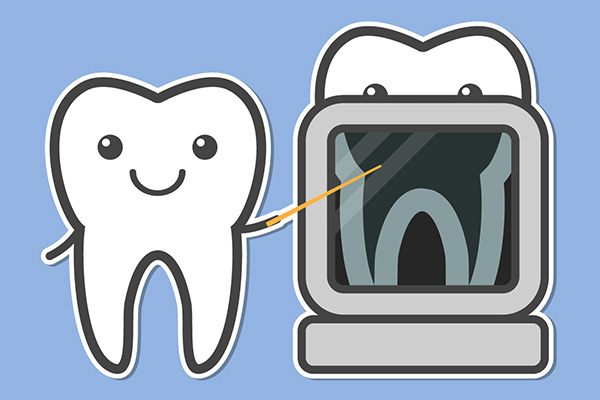 A general dentist is well aware of the advances in dentistry. Digital X-rays provide any dental practice an advantage. Embracing technology this way can elevate the level of service in dental clinics. This type of visual exam is a more efficient way to diagnose patients. Any general dentist would take advantage of digital X-rays. Here are the reasons for doing so.
A general dentist is well aware of the advances in dentistry. Digital X-rays provide any dental practice an advantage. Embracing technology this way can elevate the level of service in dental clinics. This type of visual exam is a more efficient way to diagnose patients. Any general dentist would take advantage of digital X-rays. Here are the reasons for doing so.
Options to enlarge images
Traditional X-rays have one size, which is the size of the X-ray film. The general dentist cannot magnify or manipulate the image anymore for better viewing. A digital X-ray allows the dentist to enlarge the images of the patient’s teeth and gums. Magnifying the images enables the dentist to see any other brewing dental problem.
Image enhancement options
Digital sensors capture the images of digital X-rays. Traditional X-rays use an X-ray film. The high-tech sensors produce high-quality images. These images go straight to the computer. Accuracy and high resolution provide the general dentist with more information about the images.
Better diagnostics
Diagnostics become more accurate because of more image data and clearer photos. This gives patients peace of mind because there is an exact diagnosis and treatment. Everything is based on the specifications of their teeth and gums. Digital X-rays can reveal any abnormalities. These include the infections or tumors a visual exam cannot detect.
Quick viewing
Traditional X-rays take a while to process. A general dentist and the patient would wait for hours until the film is ready. A digital X-ray ends this slow waiting. The dentist and patient can view the diagnostic images right away. Images will show right after the shot.
Low radiation
Studies reveal a reduction of about 70% in radiation happens when using digital X-rays. This is lower than traditional X-rays. This makes patients feel at ease, knowing they will not have excessive radiation exposure. The risk of developing side effects is low when using digital X-rays.
Friendly to the environment
Traditional X-ray film development consumes chemicals. This is not a good thing for the environment. Digital X-rays do not use films. The images go to the computer database instead. There are no chemical residues or contaminants.
Saves money and time
Digital X-rays allow a general dentist to detect dental issues early. This equals inexpensive minor treatments for the patient. The patient does not need extensive treatments. As a result, the patient does not need to spend that much time and money.
Easy collaboration
The images of digital X-rays are in the clinic’s computer database. This allows the patient to request a printed copy right away. The general dentist can share the images with another colleague for collaboration. It is easier to formulate a treatment plan for the patient this way.
A general dentist can use digital X-rays
Using digital X-rays can make each dental checkup smoother and more accurate. Your general dentist can provide more accurate diagnoses. You can enjoy quick and accurate treatments. Regular appointments with your general dentist can be faster and less stressful with digital X-rays.
Request an appointment or call Dragonfly Dental of Port Charlotte at 941-676-9225 for an appointment in our Port Charlotte office.
Related Posts
The field of general dentistry involves taking care of the whole mouth, not only the teeth. Tobacco use is dangerous to your overall well-being, but your oral health is particularly at risk. When you smoke, your mouth is the first place that the nicotine and tar go. A general dentist sees firsthand the damage that…
Gingivitis is a type of mild gum disease that is often caused by poor general dentistry and oral hygiene habits such as not brushing and flossing teeth as often as recommended. Other causes include tobacco use, poor nutrition, and taking certain medications. Fortunately, this condition usually remains mild if caught and treated early. If not…
Many people have anxiety regarding going to the dentist. General dentistry visits can be easier if you have some tools to ease your nerves and get through your appointment with minimal stress. Fortunately, there are ways to ensure that you are calmer during dental or other medical appointments.A significant number of people fear going to…
